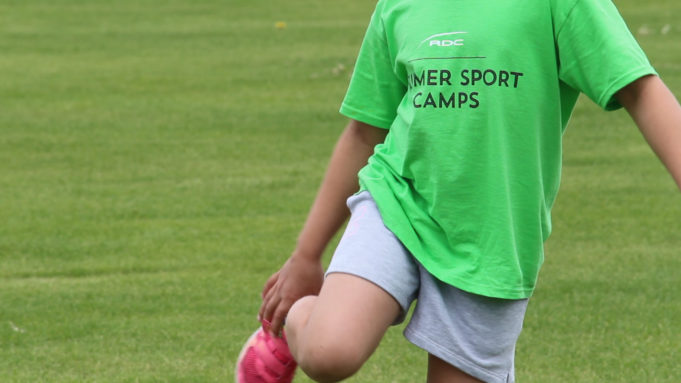Growing up on the flatlands of Manitoba I remember we had four distinct seasons. I also recall marking the changing of those seasons, not with a calendar but with what sport I was playing.
For the most part, if you were in that certain circle of friends you played baseball ,football, soccer, hockey, basketball, volleyball and other sports. Your friends did, so you did.
The trend these days seems to be to steer most children away from being multi-sport athletes and instead pigeon-hole them into focussing on one sport.
“We specialize too soon right now, and we need to get back to the basics with regard to the fundamentals,” said Barb Marsh, Be Fit For Life coordinator at Red Deer College. “Just go have fun. Engage, roll, tumble, catch, explore outdoors.”
Marsh says getting kids outside allows them to be curious about other sports and figure out their curiosity.
The CEO of Hockey Canada, Tom Renney added to the idea of playing more than one sport. In a video distributed to minor hockey groups across the country Renney stressed how multi-sport participation is critical to child development. He also made a point about how it is not about hockey 12 months of the year.
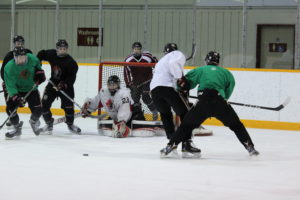
A study published in the American Academy of Pediatrics laid out two implications about taking up multiple sports at an early age.
First, those children who do not participate in sports at an early age are at an increased risk to be nonparticipants in adolescence.
Secondly, even though early sport participation increased the likelihood of playing a sport as an adolescent, sport sampling is the preferred path to take as it reduces the probability of dropping out of sport.
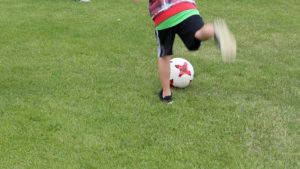
Marsh says fundamental movements like running, throwing and catching can help in our much later years when we are maybe still active in a sport. In simple terms, it helps develop confidence, not only in sport but with simply walking, keeping your balance and staying mentally sharp.
“As we age, we’re not able to or we’re not confident enough to ski any more because were fearful of falling,” she said as an example.
So who is this message directed at? Well, parents, teachers, pediatricians,coaches to start with.
“Anyone who has impact with students, the early childhood group,” said Marsh. “The grandparents as well because sometimes we’re dealing with the families where the grandparents are babysitting.”
The point being, what these coaches, teachers and other individuals do as far as getting involved in the sport development of the child is very impactful. The kids get out of it what these mentors put in basically. More feedback from the adults means the kids get a better education on the sport. Armed with that knowledge they can make an informed decision later as to play or not to play.
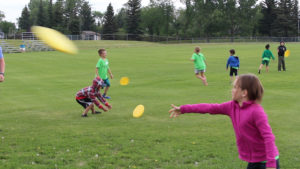
Richard Monette is the head of the non-profit group Active For Life, the driving force behind a new campaign called Change It Up. He says several factors contribute to kids playing just one sport-ambitious coaches, parents, even a fellow parent who always has a child in some sort of clinic or special training session to excel at one sport.
Experts agree there are some sports like gymnastics and figure skating which require early commitment due the physical peak of those athletes at a younger age. But maybe they still take part in other sports up to a certain point of their development. Instead of five sports, maybe two or three.
Far too many situations appear with the parents deciding early on a child will be a hockey player, a football player, a golfer. Marsh says there is a possibility the child hasn’t evolved enough to determine for themselves if that’s the path they want to take.
“They need the evolution, the development of their child and also take into consideration the motivation and confidence of the child and put together their goals and allow them to figure out together what is the sport they are wanting to be in,” she said. “We just need kids to be kids and provide them opportunities. Let them explore and they will tell you exactly where they want to go eventually.”
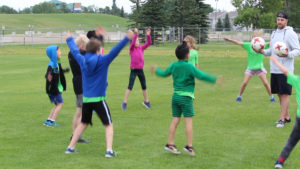
Marsh says the Be Fit For Life organization works with many groups in various communities to bring attention to the importance of getting active, staying active and developing life skills which will benefit you at any age.
There are plenty of options to get children involved in sport, whether it be a community team, school team or even intra-mural sports. All provide needed activity and varying levels of competitiveness.
Marsh says there still needs to be a certain level of competition in sports at any level because quite simply put, the world is a competitive place. But you can grow into a sport, be competitive and still have fun on the way.
“Our message is let’s help our youth to establish the fundamentals to be able to live a healthier lifestyle,” she said.
In other words, do what’s best for the child and it there’s a very good chance it will be just fine. Not all of them will become elite athletes but many will still be involved in more sports for a life time.
“If we do that we’ll have more athletes living a healthy life and more children living a healthier life,” said Marsh.
That is a win.




































